Travel through ancient towns in China-Changsha·Jinggang
This is my second time to visit Jinggang Ancient Town. The last time I visited was 5 years ago. Several colleagues from my former work unit came to Changsha from Hubei to visit me. Changsha is a famous historical and cultural city, and Jinggang Ancient Town is famous far and far. We had to go around, so we went together. Unfortunately, time was in a hurry, the fun was not over, and there were not many photos left. On the last day of this Mid-Autumn Festival holiday, I came to Jinggang, the only ancient town in Changsha.
Jinggang, formerly known as Lujiang River, is located at the mouth of the Wei River into the Xiangjiang River. It has many coastal beaches and overgrown reeds, hence its name. In the fourth year of Joan of Arc in the Tang Dynasty, civil strife occurred frequently. Emperor Gaozu Li Yuan sent General Li Jing south to suppress the rebellion. Li Jing stationed troops in Lujiang. The "Changsha County Annals" of Shunzhi of the Qing Dynasty records: "Li Jing of the Tang Dynasty stationed troops here. His military orders were strict and he did not commit a single offense. The people were grateful to him and called his water Jinggang, and he never forgot it with his will." From then on, Lujiang changed its name to Jinggang and it has been used to this day. At the end of the Qing Dynasty and the beginning of the Republic of China, the shipping industry became increasingly developed. Jinggang, with its advantage as a natural port, became the north gate and safe haven for ships entering and leaving Changsha. Thousands of ships stayed here every day. Xiangyin, Yiyang, Ningxiang and local grain and local products were distributed here. Jinggang once became one of the four major rice markets in Hunan. At that time, Jinggang was crowded with merchants and the market was prosperous. There was a saying circulating in the market: "When ships arrive at Jinggang, they will not go along the peak", which shows its prosperity. Today, the ancient town still retains "8 streets, 4 alleys and 7 docks", more than 1,000 residential buildings, and the main street is more than 1,200 meters long. There are dozens of ancient shops, workshops, clubs, temples and commemorative sites. Among them, ancient buildings of the Ming and Qing Dynasties such as "Hongtaifang" and "Ningxiang Guild Hall" are all well preserved. There are also the well-known religious buildings such as the "Fuxing Tower","Guanyin Temple", and "Ziyun Palace". Thousands of people bowed in front of the court and tens of thousands of bright lights were lit at night. The incense was strong and the scene was spectacular.
Jinggang not only has a unique economic status in history, but also, due to its superior geographical location, is an important military town and a battleground for military strategists. The most famous battle was the Jinggang Water War between Zeng Guofan and the Hunan Army led by the Hunan Army and the Taiping Army. In late April of the Xianfeng year of the Qing Dynasty (AD 1854), Taiping Army generals Shi Xiangzhen (brother of King Shi Dakai) and Lin Shaozhang led the Taiping Army south from Yuezhou (Yueyang) to occupy Jinggang, and built a fortress here as a base for attacking Changsha. At the same time, Lin Shaozhang also divided his troops in Ningxiang and Xiangtan, forming a siege on Changsha. At that time, Zeng Guofan, the commander of the Hunan Army, who was the minister of Hunan's regiment, personally led his army to attack Jinggang in order to seize the strategic location of Jinggang and relieve Changsha City of being attacked from both sides. The two armies launched a bloody battle. The Taiping Army attacked fiercely, and the Hunan Army was completely defeated and completely annihilated in Hongjiazhou. Zeng Guofan, who was born as a civil servant, was the first time he led troops to fight. Thinking of his oath at the beginning, he was ashamed and his dignity was swept away. In anger and indignation, he threw himself into the water twice, but was rescued by his subordinates. Later, when the Hunan Army heard the news, they rushed to the rescue in time. Only then did they defeat the Taiping Army and force them to withdraw from Jinggang and retreat to Yuezhou. Later, Zeng Guofan, with his tenacious will not be afraid of failure, led the Hunan Army to crusade and fight, finally conquering Tianjing and sweeping the Taiping Army, winning the reputation of "no army without Hunan" in the world. It can be said that the Jinggang Water War was also an important turning point in Zeng Guofan's magnificent life.
Today's Jinggang is far less prosperous than in ancient times. On the surface, the decline of Jinggang ancient town began with the diversion of the Weishui River in 1957. In fact, the main reason is that increasingly convenient road transportation gradually replaced water transportation. The docks are no longer busy as carrying goods with sweat and rain, the streets are less lively, and the shops are less patronized, and the business is even more bleak. As a result, some people either moved to other places or went out to work, leaving behind some elderly people who were nostalgic for their homeland and some dilapidated old houses, which struggled to support the ancient town. In 2008, the local government launched the protection and development project of Jinggang Ancient Town, and the ancient water town regained its vitality. In September of the same year, Jinggang was awarded the title of "Famous Historical and Cultural Town in China". In December 2011, Jinggang was rated as a national 4A-level tourist attraction by the National Tourism Administration. Mr. Deng Jianhua, a Hunan writer, wrote in his "View of Wangcheng Culture: Qieliu Ancient Town Talking about Tomorrow": Standing on the long embankment and listening to the river waves beating the shore, my soul trembles with the ancient town that was once known as the "Little Hankou" behind me, and feel together. That river, that river, that temple, that ancient street, that Youdu, that crisp cries... In Wangcheng, Jinggang, the ancient town with the deepest cultural heritage, welcomes the dawn of the new century with its vicissitudes.
The main tourist attractions in the ancient town include Yangsi Temple, Hongtaifang, Bayuantang, the former site of the Hunan Provincial Party Committee, Celebrity Handwriting Hall, Genealogy Exhibition Hall, etc.
The delicacies of the ancient town mainly include various fish products, beans and sesame tea, stewed fragrant dried, fermented round seeds, handmade peanut candy, perilla bayberry ginger, pepper cakes, etc.
Transportation in the ancient town: Jinggang is about 30 kilometers away from Changsha's Urban area. I started from the north gate of Changsha's Yuhua District Botanical Garden, took Bus No. 602 to Shazitang, transferred to Metro Line 4 to the terminal point of Guanziling Station, and transferred to Bus No. W116 at Guanziling Lingnan. It took more than 20 minutes to reach Wangcheng Bus Station. After changing to Bus No. W104 here, I arrived at Jinggang Ancient Town in less than half an hour. There were indeed many buses, and it was also convenient and quick.






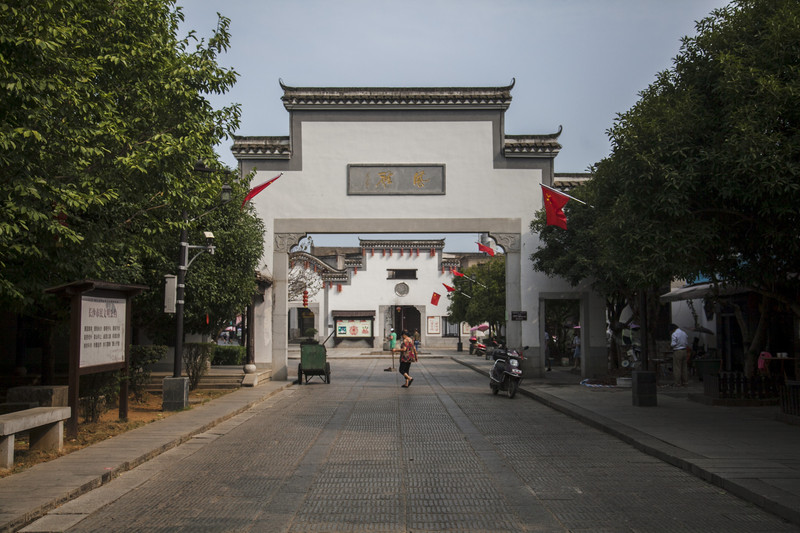
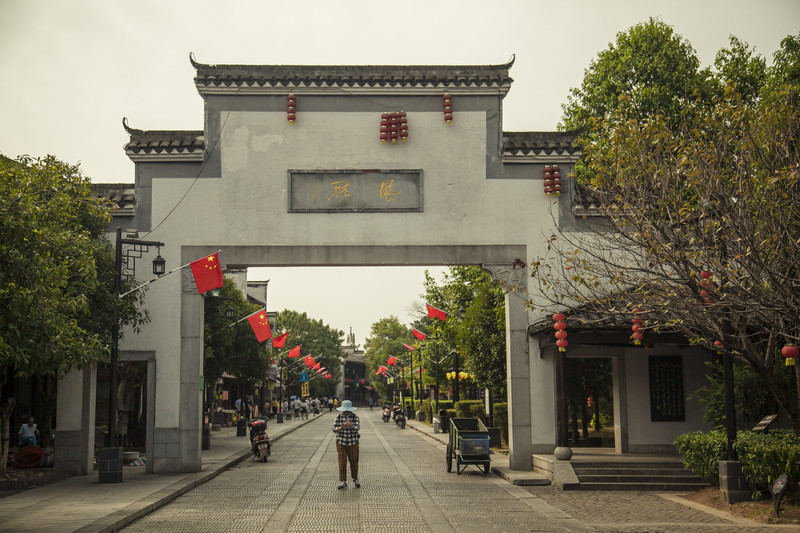









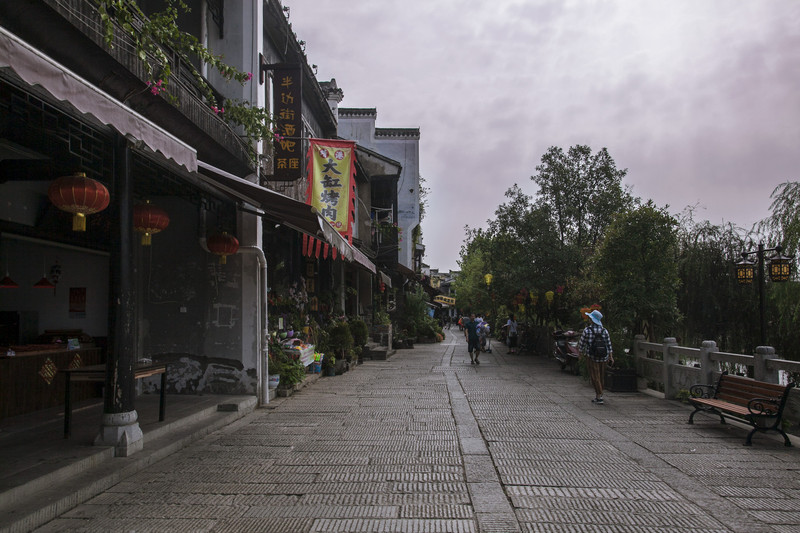


The former site of the Hunan Provincial Committee of the Communist Party of China is a Republican style building and a temporary office established by the Hunan Provincial Committee in Jinggang. In 1927, the "Mar-Day Incident" occurred in Changsha. Most party organizations and workers 'and peasants' organizations were destroyed. More than 10,000 members of the Communist Party of China and the backbone of the workers 'and peasants' movement were massacred. The vigorous Revolution turned to a low tide. In November 1930, the Hunan Provincial Committee of the Communist Party of China moved to the Jinggang building after several transfers, which was a rice factory at that time. Those stationed at the office were Wang Shaokun, wife of Wang Shoudao, then member of the Hunan Provincial Party Committee, and her sister Wang Shaolan. The two men were publicly identified as female workers in Wangjianglou Shoe Factory. Wang Shoudao was one of the main losers of the Provincial Party Committee at that time. Later, the provincial party committee was exposed and had to be relocated again. During the transfer, Wang Shaokun and his sister were arrested for betrayal by traitors and finally died heroically in Shiziling, Changsha. In the center of the hall of the old site is a statue of Mao Zedong. It was a work by a professor at the Central Academy of Fine Arts in 1964. The prototype of the work is a young Mao Zedong while studying at Changsha First Normal University.
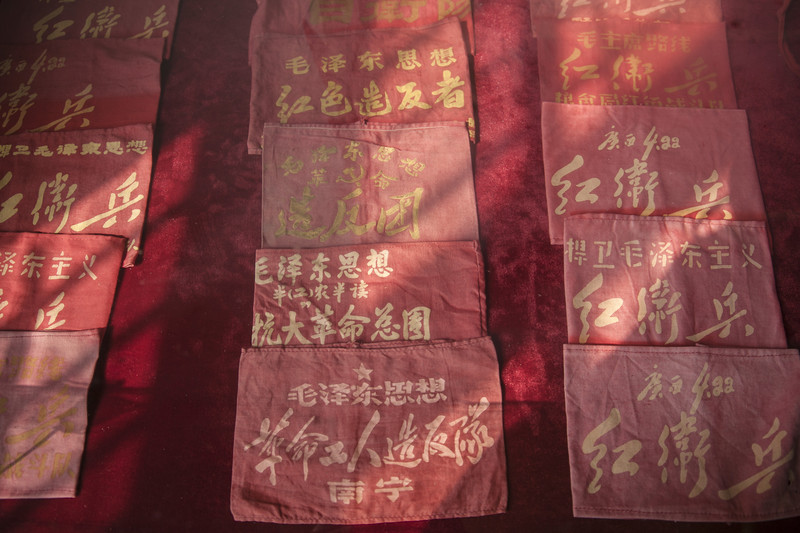

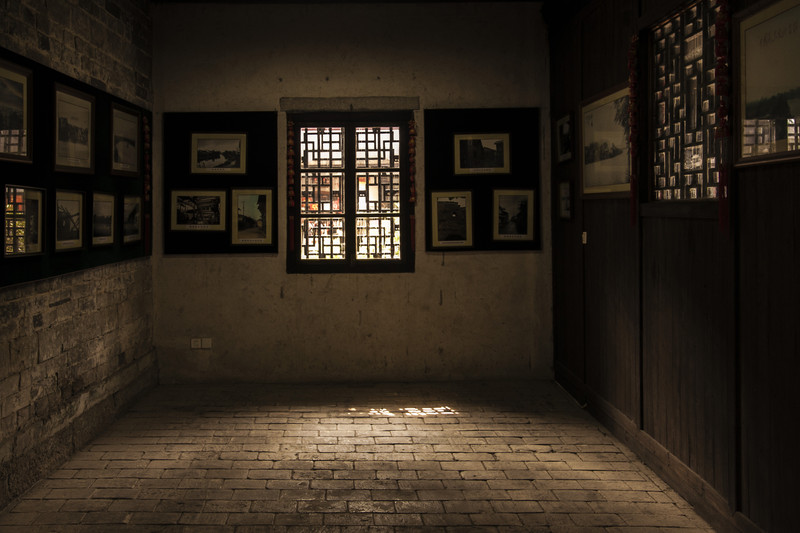

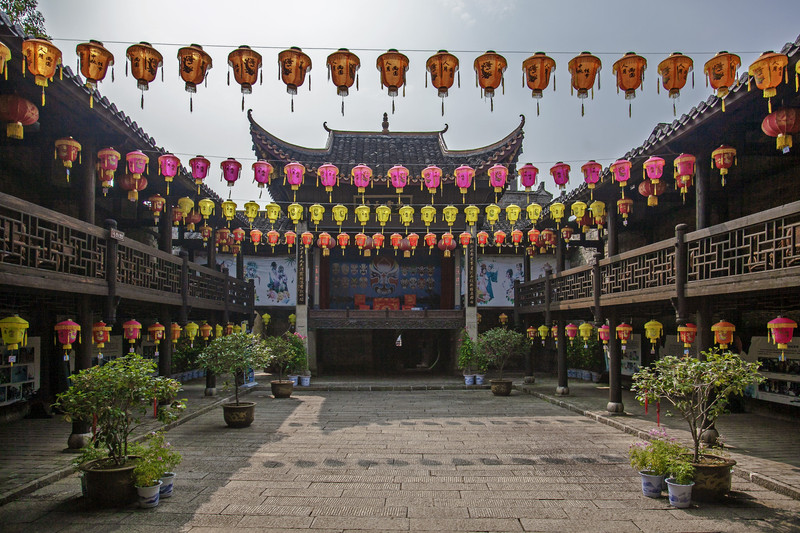















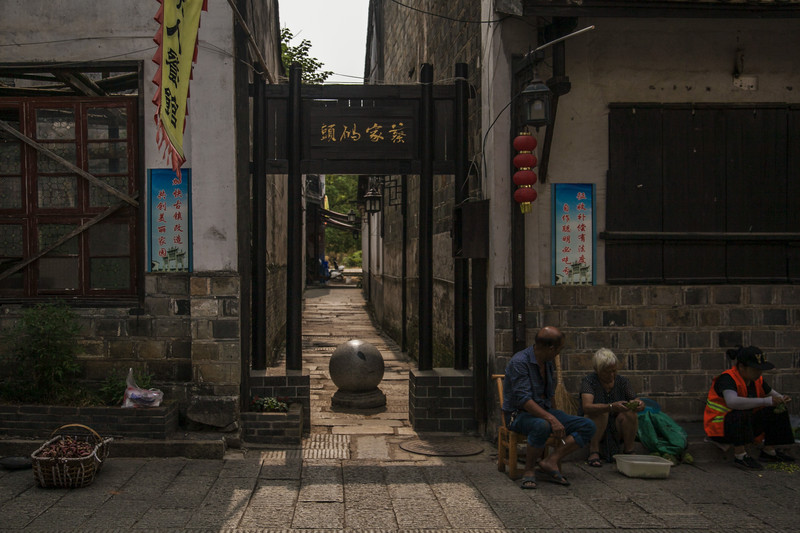








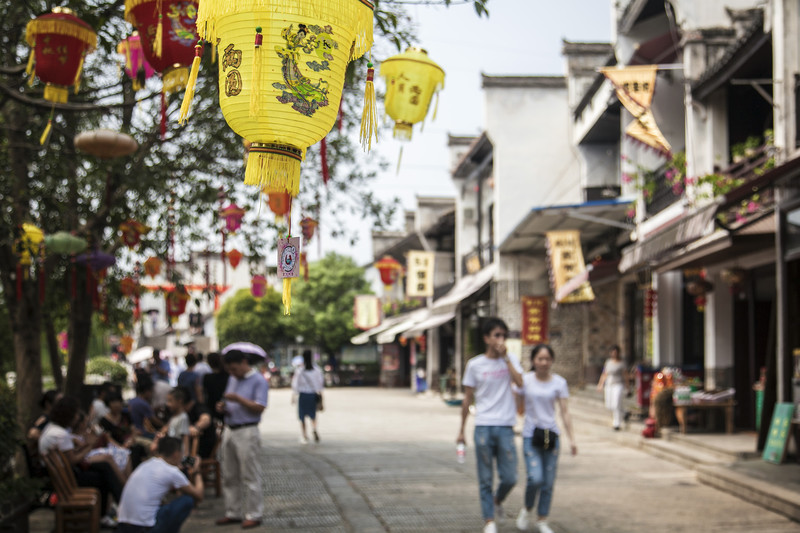

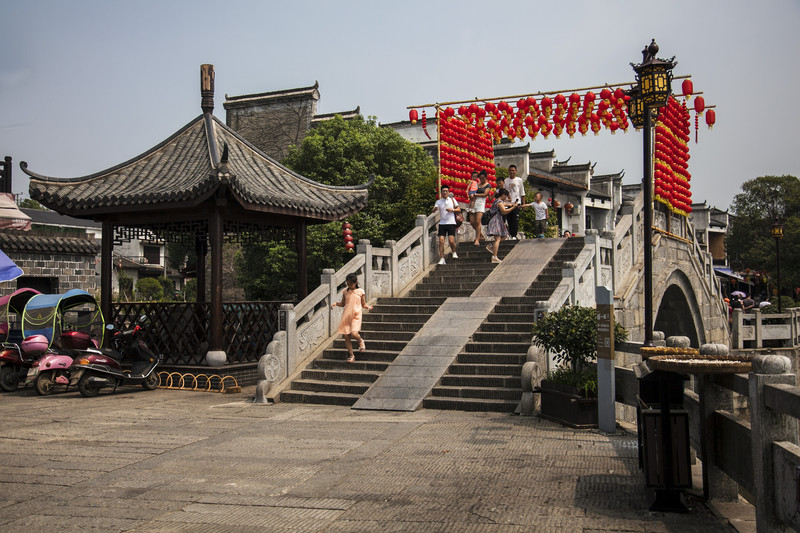






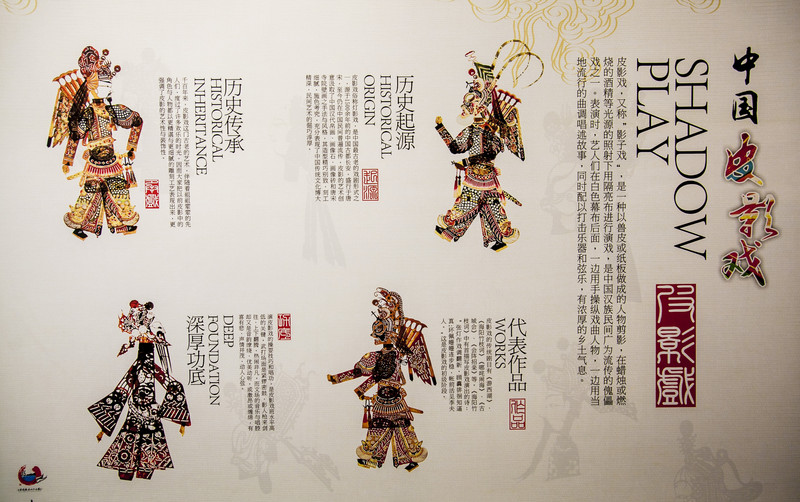








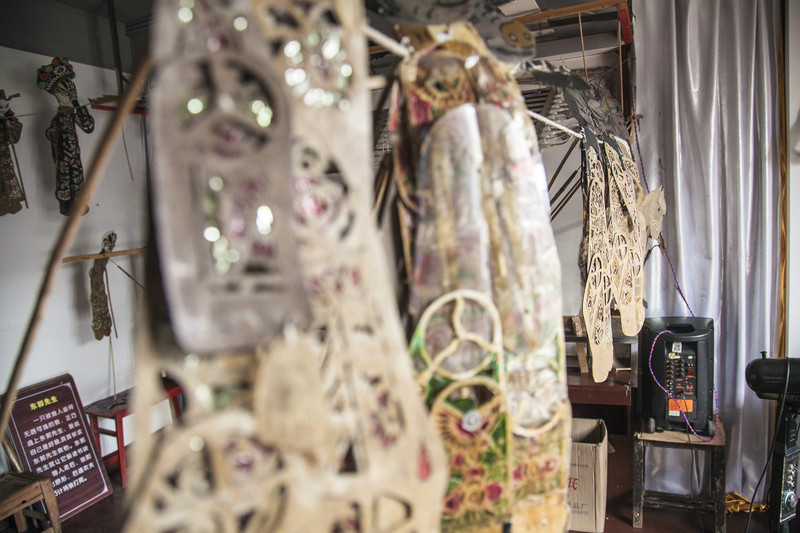









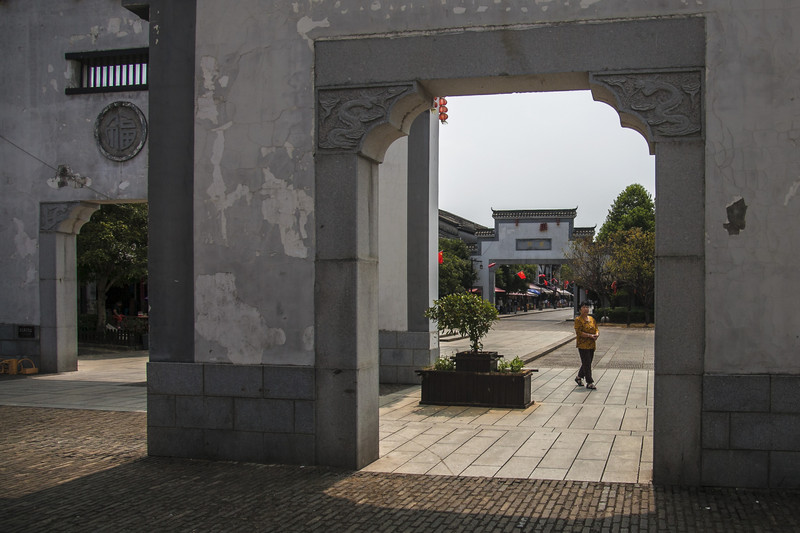
Walking out of here is our return journey to Changsha City.
The information in this article mainly comes from Baidu, and part of it is taken from netizens 'travel notes. Thank you here.
Previous Article:Travel through ancient towns in China-Changsha Tongguan Kiln
Next Article:Do you know where to go for a one-day leisure trip in Changsha
